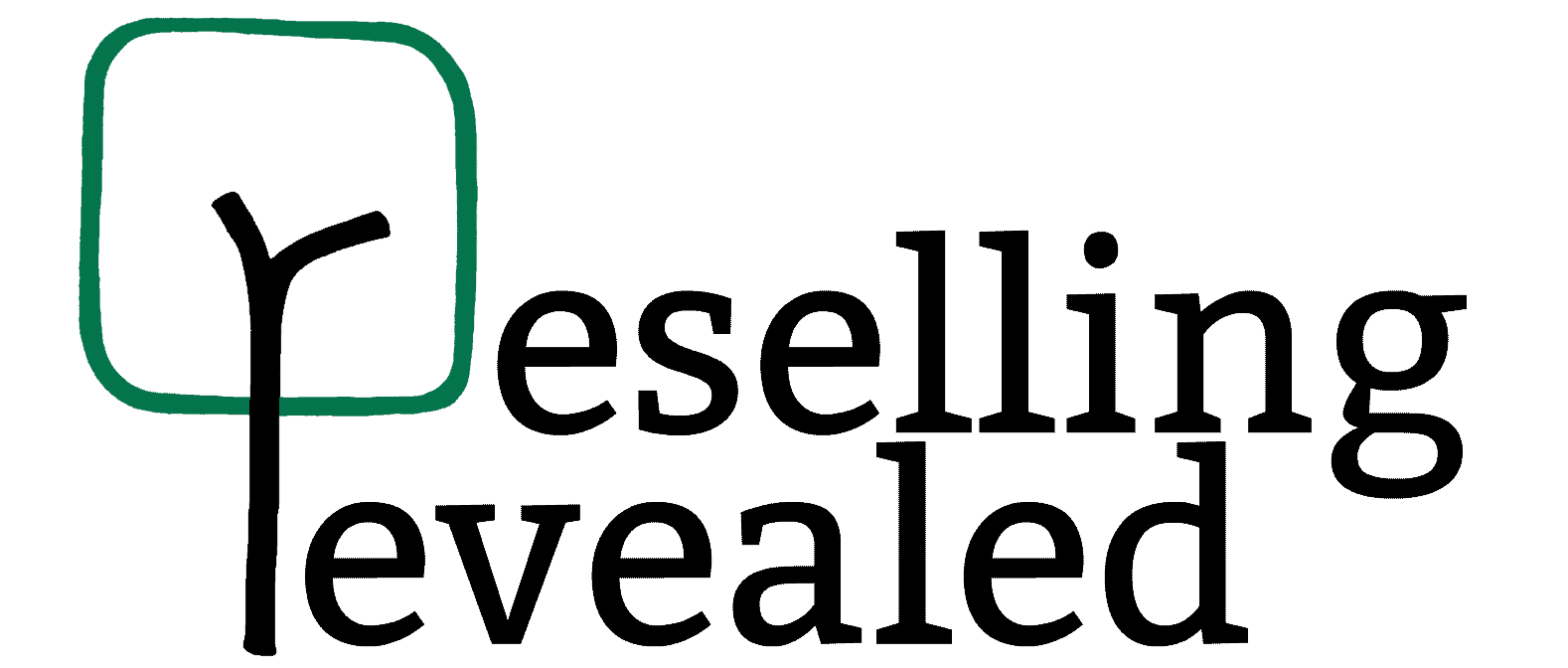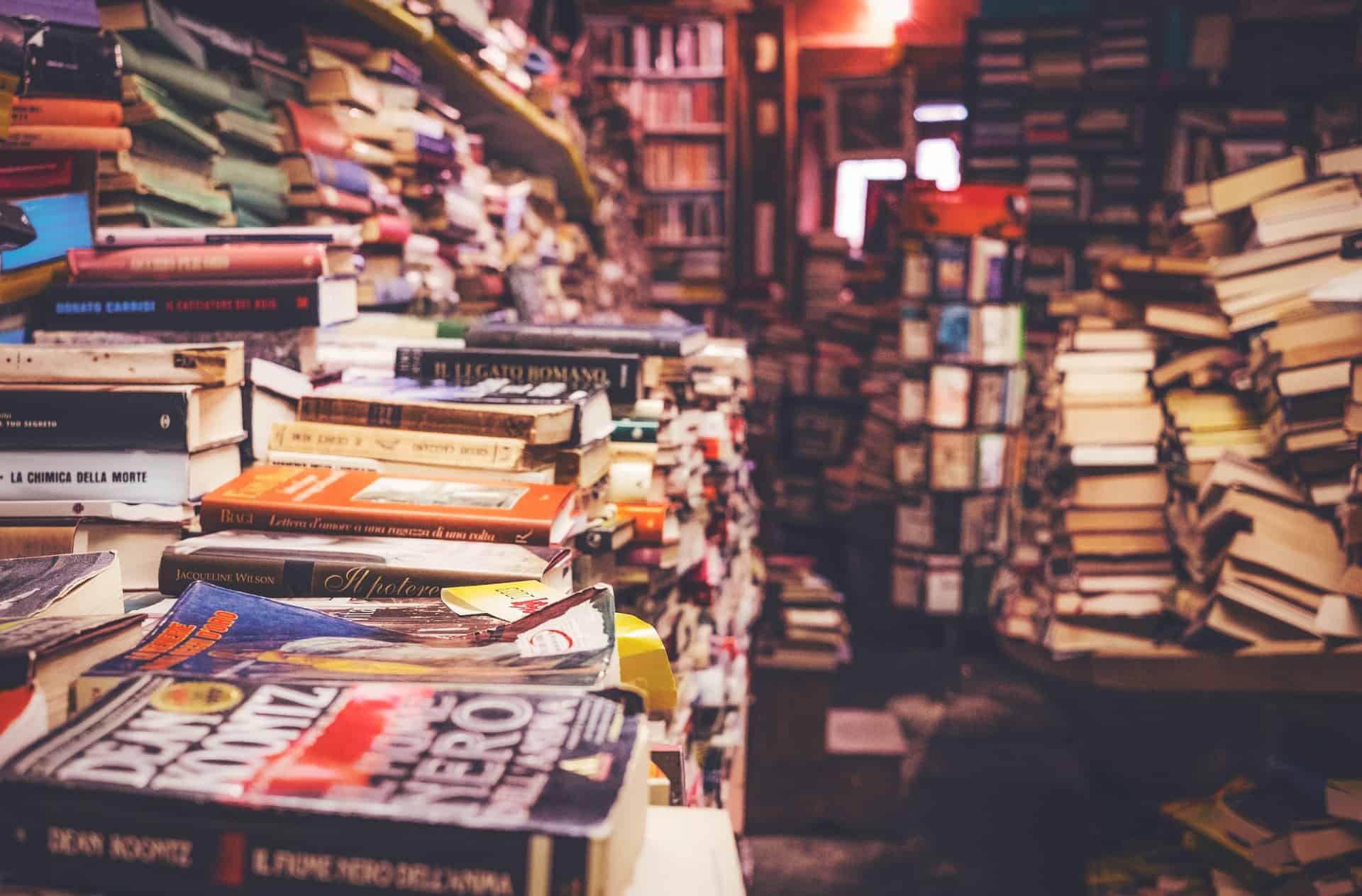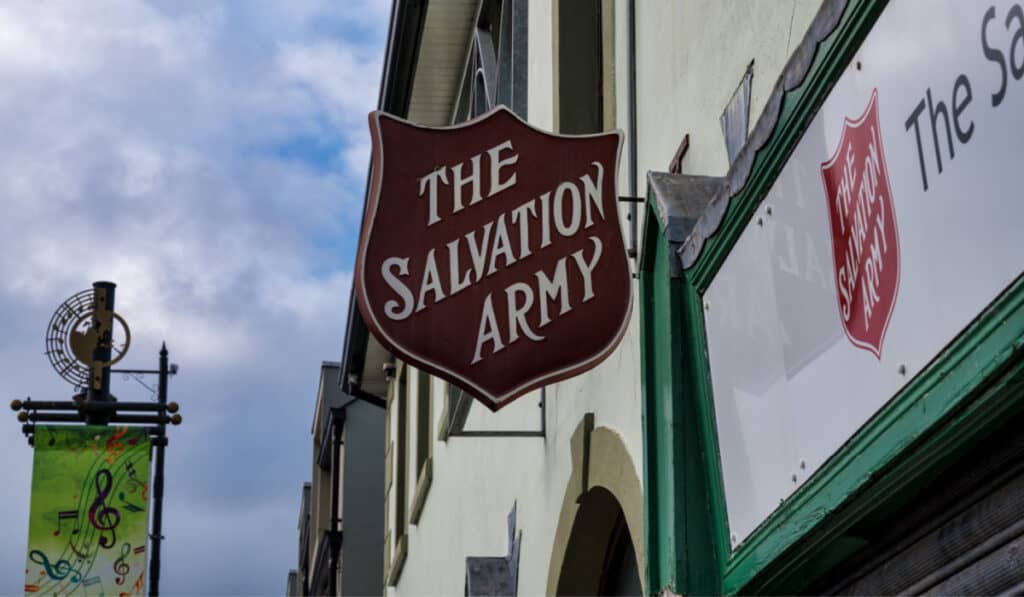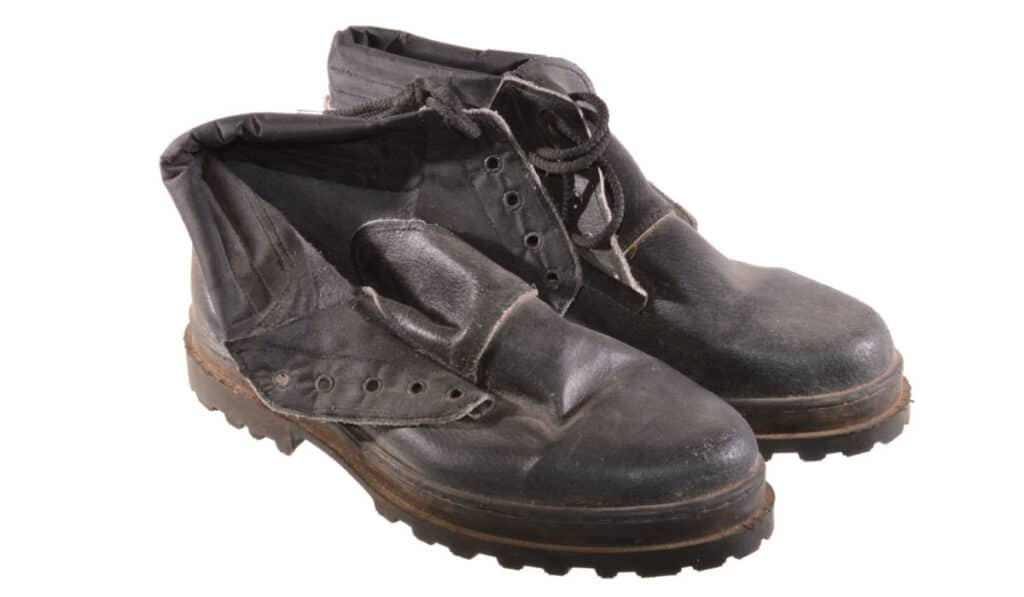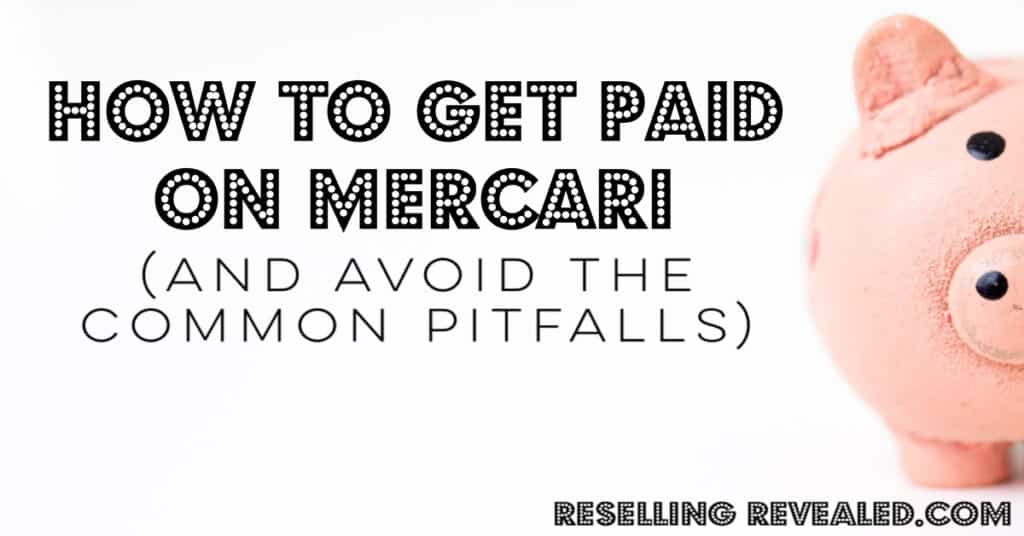As an Amazon Associate I earn from qualifying purchases.
When it comes to sourcing books for Amazon you can scan books all day and, if you’re not doing it right, you can be stuck at $100 per day or less for years.
Gone are the days when you had to memorize what types of books sell best on Amazon. These days it’s all about being the fastest scanner possible.
So how can you speed up your sourcing game and get more books to flip on Amazon?
Well, lucky for us, it’s not rocket science.
There are a few fool-proof things you can do to make sure you’re sourcing at the top of your game (and we’ve tried about every method or trick there is…)
The secret to scanning books for Amazon is to have the right tools. If you use the same items that the pros use you can scan books 3-4x faster which, as you could guess, means 3-4x the sales.
What You’ll Need To Scan Books For Amazon
Whether you choose to list thousands of books a month or only a dozen, the secret to success when it comes to scanning books for Amazon is processing as many books as possible.
When I first started sourcing books for Amazon I would get book by book and scan them with the Amazon Sellers app.
I would then look at the sales rank, scroll through the offerings, and decide whether or not the book was worth selling. The whole deal took 20 or so and I felt pretty good about it.
Until I met someone who was doing it for a living.
I kid you not that he was 6x faster than me. He could scan a book and figure out whether it was worth it in about 3 seconds. This meant one thing.
He was making 6x as much money as I was. I needed to get faster.
So, these are the thing you’ll need to start scanning books on Amazon if you want to make as much money as possible:
Smartphone
A smartphone is, without a doubt, the most important tool in any book scanner’s arsenal.
Before smartphones, people did all sorts of time-consuming things to make sure they were picking profitable books. From memorizing popular titles to printing off ISBN sheets to have a database on a palm pilot. Your iPhone is much better.
Either an android or iPhone will be great for scanning books. You don’t need a great camera or the latest software. It just needs to be new enough to run current apps.
Many serious booksellers will get a cheap iPhone that is a couple of generations old and use it just for scanning books (especially if they are hiring help).
If you’re just starting out, whatever is in your pocket is probably fine.
Book Scanning App
Having a book-scanning app is where the rubber really meets the road for Amazon sellers.
A scanning app (I use Scoutly by asellertool) is vital in our goal of scanning books faster. Not only will it enable you to scan at least twice as fast but it will give you far better information than you can get from simply looking up titles on Amazon.
In fact, there are three main reasons that book scanning apps will radically upgrade your book-selling business:
Database Access
If you are scanning books into your Amazon Sellers app you are wasting a ton of time and data. Every time you scan a barcode your phone sends the data to Amazon and then returns the result. In other words, it has to retrieve information every time.
Scanning apps like Scoutly store all the information you need right on your phone and can access it with almost no delay. Not only does this mean that you can scan books much faster, but you can continue scanning even if you don’t have data or your phone won’t connect (as seems to happen in many thrift stores).
You will want to update your database before going sourcing though so you can have the freshest data on your phone.
Buy Alerts
Now it’s not just price data that’s stored in Scoutly’s database. You also get access to juicy tidbits such as average sales rank, number of sellers, etc.
The most ninja thing that you can do, then, is to simply set up parameters that will let you know whether each book is worth buying or not.
Instead of looking at several places on the screen and trying to do some mental math (to figure out profitability) we simply have a green or red bar that tells us whether a book meets the standards we’ve set.
Green? In the cart. Red? Back on the shelf.
Many sellers actually use a sound alert on their app and don’t bother looking at their app at all. They just scan until they hear that ka-ching sound and throw that book in their cart!
Bluetooth Scanner
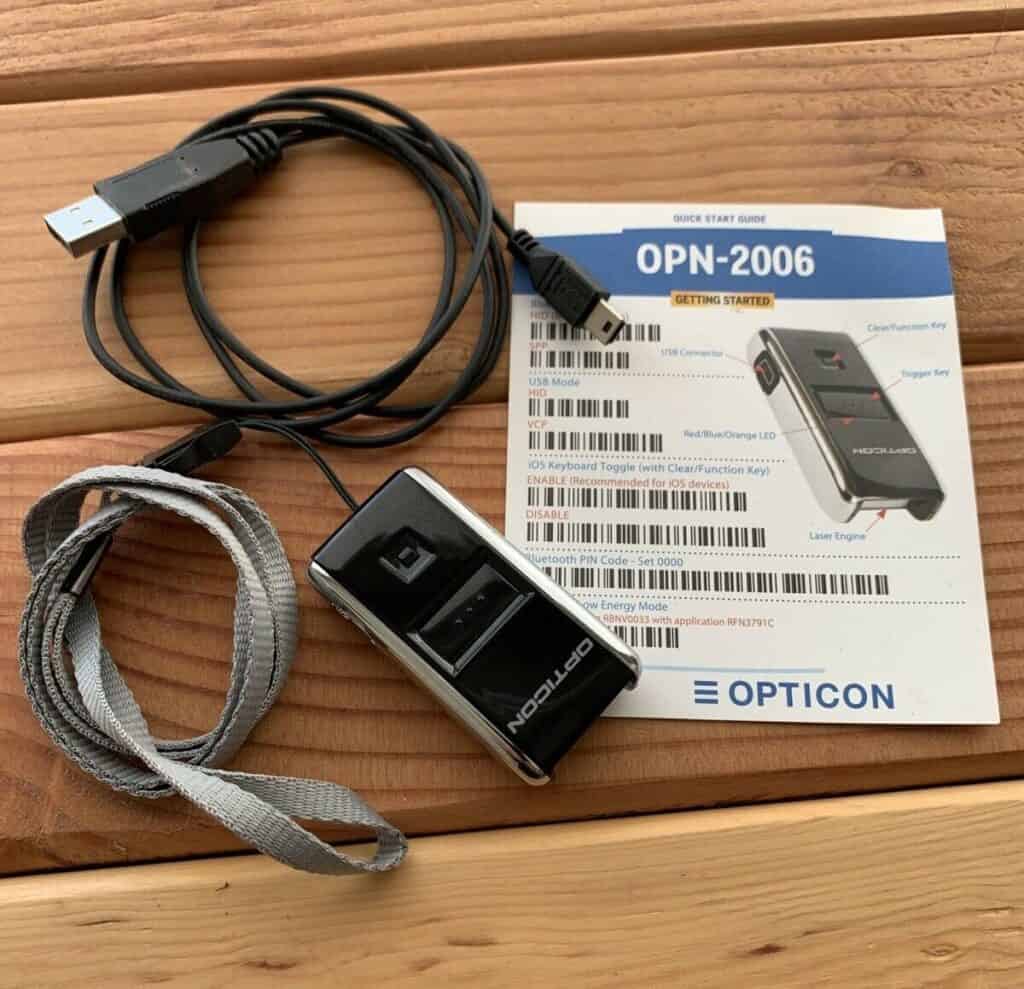
Using Scoutly got us halfway there but there’s still one more huge way to speed up your book scanning.
A bluetooth barcode scanner.
We’ve used several (you can see our reviews of the best bluetooth scanners here) but we’ll just tell you about the amazing benefits here.
Using your phone camera sucks for three reasons:
- Your phone is large and cumbersome
- Phone cameras can take forever to focus
- Phone cameras won’t read barcodes in lowlight situations
A mini scanner solves all of those problems.
Many booksellers choose to use a piece of adhesive velcro to attach their scanners to the back of their phones. I keep my phone in a case strapped to my forearm and hold my scanner in my hand. Figure out what works for you!
A Bluetooth scanner and a Scoutly subscription are the main tools you need to really take your game to the next level. If, however, you’re desperate to invest a bit more in your business to get ahead of the competition, here are a few other items I’ve found helpful while out sourcing books:
- External charger. Nothing sucks like a dead phone or scanner when you’re trying to source. I always have an external battery with multiple USB connections so I can charge both my phone and scanner between sourcing stops.
- Headphones. Headphones allow you to hear the ka-ching without alerting everyone in the vicinity to your presence. Besides, listing to an audiobook makes scanning a dozen shelves of books go much faster.
- Book bag. The Goodwill Outlet near my house has about 3 carts for everyone to share. Get there early or you don’t get one. When I source books there I always make sure I have a collapsible back to hold the winning books that I find. I use an IKEA bag because it’s cheap, water proof, and zips shut.
3 Ninja Tips To Scan Faster & Find More Books
Now that you’re set-up, let’s talk about a couple of ninja tips that will put you ahead of pretty much all the competition:
- Skip unprofitable sections. If there is a section in a thrift store (cookbooks, for example) that doesn’t give you many sellable books, skip it. Fish where there are the most fish.
- Focus on books with barcodes. If there are promising-looking books that aren’t scannable, make a stack of them to look up at the end. Don’t break your scanning mojo.
- Don’t take books off the shelf. Master the technique of pulling books out just far enough to see and scan the barcode.
Where To Scan For Books To Sell On Amazon (5 Places)
Now that you’ve become a super fast book scanner you’re probably going to need to find some new places to source.
Luckily, books are one of the most plentiful things at thrift stores (behind clothes…) and that is just the tip of the iceberg as there are dozens of other options.
The majority of amazon booksellers source their books from thrift stores, yard sales, or the Goodwill Outlet. The most important factor is the ability to find lots of books for cheap. The most profitable method of sourcing books is to buy gaylords of unsorted books but this requires a good deal of capital to get started.
Now, if you’re just getting going, here are the first 5 places I would start scanning for books to flip:
1. Your Own Book Shelves
Building a bookselling business can be faster if you have some capital to invest but, if you’re short on funds, you might have all the startup money you need sitting on your bookshelf
My wife and I were great lovers of books and bought a ton of them…until we had our first daughter. Then we discovered that, within our hearts, we were truly great lovers of having rent money and buying diapers. So we slowed down our personal book-buying and started looking no-cost online startups. It was then that we realized that we already had a pile of cash sitting on our bookshelves.
Of course, we had grand visions of being able to pay our rent with the “rare” books we had, but the result, while far less grand, never-the-less put us on the path to some semblance of financial security. In the end, we made over $400 by cleaning off our shelves! Of course, the secret with any business is to grow your business by reinvesting the profits. So that $400 has turned into 100k in the 4 years since. Try finding a mutual fund that will do that for your savings!
2. Thrift Stores
Anytime we visit Goodwill or any other thrift store, there are at least a couple of people combing through the books with their phones out. The great thing about thrift stores is that, not only do they have thousands of books, but you it is totally acceptable to take your time and look up each book individually. While the price per book is often higher than at garage sales, we find that our success rate is higher as well.
3. Garage & Estate Sales
Call us socially awkward, but garage sales have not always been our favorite places. While we totally love the idea of finding great deals, it used to be that we’d only stop if the sale was already popular. It’s so uncomfortable to be the only person looking through a yard sale (while the owner watches you…) only to find that it’s all garbage. However, since we “grew up” and decided that making money was more important to us than any semblance of our pride, garage sales have become one of our largest source for inventory.
- Make an offer on most or all the books. We often buy books by the box and simply donate what isn’t worth listing.
- If the owner sees you looking up books and watches you pick out only a couple, they will be far less likely to negotiate. If you find a valuable book you’re probably better off putting it in with a bunch of romantic novels and offering them $5 for the lot.
- If a sale has tons of books, leave your name and number with the seller, offering to buy whatever they have left when the sale is over. (When we do this we typically offer a “per-book” price of $0.10 or so. Anything less is typically not worth their time and they won’t call.
Garage sales and thrift stores are responsible for around 70% of our book profits. While there are other options available for more serious and advanced sellers, these two are more than sufficient to keep you busy and line your pockets. We have 6 thrift stores within 20 minutes of our house and figure we can revisit them every 2 weeks or so.
From thrift stores alone we have a relatively constant supply of about 50-100 books per week. It may be intimidating to step into a store or walk over to a garage sale for the first time, but remember, you’re a business owner now and it’s up to your to make the deals and the decisions. Never be afraid to walk away from a deal, or leave a store empty-handed. Knowing when not to buy is the mark of a true businessman/woman.
4. Book Sales
Library or school book sales are an excellent spot to source unique books for Amazon. Pass on all the mass-market paperback books and scan unusual reference books or other things that seem odd or out of place.
Just be aware that you might have to spend a good deal of time removing stickers from the books if you want to keep happy customers.
5. Sourcing Books For Amazon In Bulk
One of our worst sourcing mistakes ever was when we bought two pallets of surplus school books to resell. We figured that if there were at least a couple of textbooks in the lot it would be worth it.
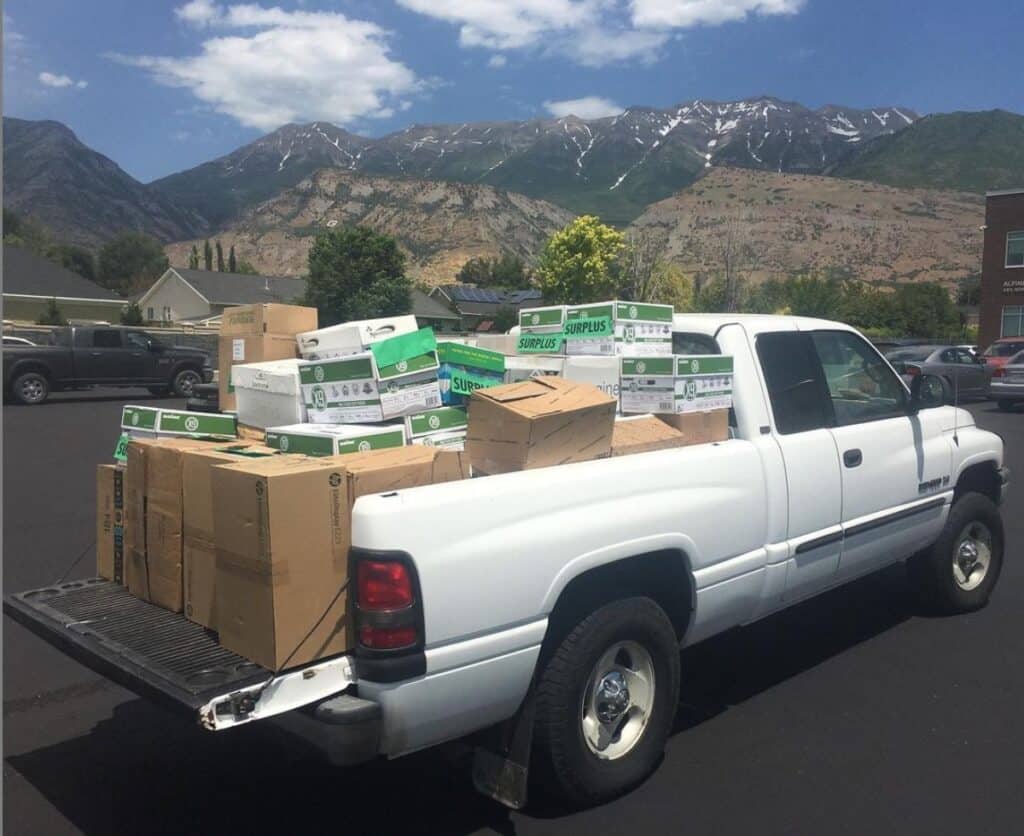
We ended up paying about $35 for over 1,000lbs of books. Long story short, we didn’t find a single sellable book and the boxes of Junie B. Jones books are still sitting in our storage unit. If turns out that getting rid of 1,500 crappy books is quite difficult.
If you’re trying to source books in bulk you’ll want to talk directly with wholesalers, publishers, or thrift stores. Ask for unsorted gaylords of books to avoid getting things that have already been picked through.
While most really top-tier Amazon booksellers buy truckloads of books to scan in their warehouse it’s not a feasible business plan for most sellers until you’ve climbed up the ladder for a bit.
Sourcing Tip: Understanding Your Customers
From our experience, there are four different types of people who buy books on Amazon and eBay:
- Those who buy books online because it is more convenient. They don’t care as much about price and typically buy new books.
- Those who simply want the best deal possible. These people often buy penny books and, unless you are planning to sell thousands of books a month, these probably aren’t your target customer. The exception to this rule is people who are shopping for textbooks, professional books, etc. all of which are profitable even at a discount.
- People who need a book on a specific topic. Whether they are looking for a book about The History of State Fairs in Arkansas or a Cookbook for the Diabetic Schizophreniac, these people are great customers to target. The more unusual or specific the book you find, the more you can charge.
- Lastly, collectors of books. These people are looking for a book because of the value that it has to them, information aside. It could be a first edition, a signed copy, or a rare antique copy. Books that go to these buyers sell slowly but are very profitable.
So how does understanding who buys your product help you make more money?
Well, it’s simple, selling on Amazon is a unique business model because each one of your products is totally different. Unlike most businesses where you might spend days or weeks choosing a new product before spending thousands of dollars to stock your inventory, every time you go to source for new books you find a dozen new products! If you are making decisions that often, keeping in mind who will buy each one of your books will help you make a much better decision.
What Kind Of Books Sell Best On Amazon?
If you are interested in selling high-profit books, you are looking to sell to the last two groups of people from the list above. So you should be looking for books that they can’t find at their local bookstore. That is, books that are either too niche-specific for a bookstore to stock, or books that are discontinued/unusual in another way. Naturally, this also tell you what kind of books to avoid. If your buyer can go to Barnes & Noble and buy the book today for $14.99, why would they buy it off Amazon, pay for shipping, and get it several days from now?
While sourcing books, we ask ourselves three questions:
- Was this book expensive/valuable when it was new?
- Textbooks are a good example of “valuable when new books.” Romance novels were never valuable, even when new.
- If it was, is the information still valuable to someone?
- Outdated textbooks are totally worthless, vintage car manuals still have a market.
- Is there something about this book/copy that makes it rare or unusual in another way?
- Is it illustrated? A large print edition? In an unusual language? etc…
If the answer to any of these is “Yes” then we make the split-second decision to put the book into the cart! Before we leave the store, we find a spot to sit down and actually look up each of the books on Amazon to sell if they are truly worth buying. Alternatively, you can just scan every single book on a shelf and base your purchases off of your app.
Valuable Books Guides:
Cheap vs Underpriced Books
Books that are priced well below their online value can be found in many places. However, they may not always be what you think. Let’s take the following two books as an example:
Book 1
Where you found it: The “collectibles section at a local thrift store.
Price: $30
Online Value: $65
Net Profit: $22.90
Book 2
Where you found it: In a box of books at a neighborhood garage sale.
Price: $0.50
Online Value: $22
Net Profit:
So which of the two books above would you choose to buy? Let’s add a real-world problem to the mix. You are not made of money. We are not made of money. If you were, you probably wouldn’t be looking into selling used books on Amazon.
So what if you have $100 to invest? If you invested $100 into books like book 1, you could buy 3 books, have $195 in sales, and make $68.70 in profit. But what if you invested $100 in Book 2? You would have 200 books, $4400 in sales, and $3170 in profits. So where can these underpriced books be found? Well, lucky for us, just about everywhere!
Conclusion
At the end of the day, scanning books for Amazon is the very backbone of a reselling business. The faster you can do it, the more money you’ll make. So outfit yourself and get scanning!
Good luck!
